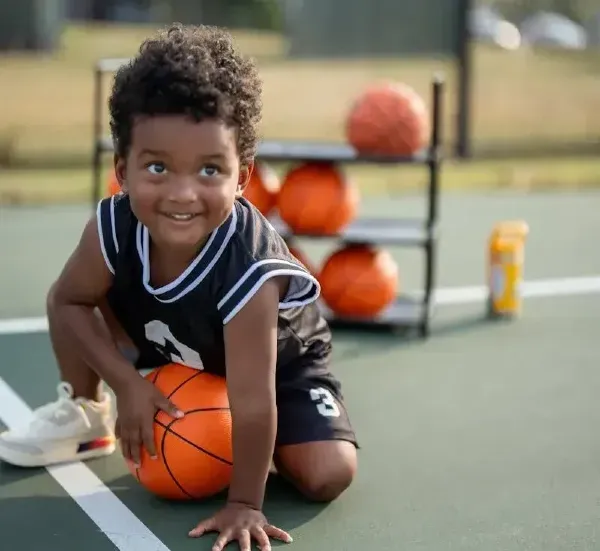Perceptual Development: The Hidden Link in Children’s Physical Growth

When we think of a child’s physical development, we often visualise milestones like crawling, walking, running, or jumping. But there is a quieter, overlooked companion to these skills: perceptual development.
Perceptual development is how young children learn to rely on their senses—sight, sound, touch, taste, and smell—to make sense of the world. It’s the process that helps them notice what’s around them, understand how far or near something is, and decide how to respond. And while it may sound like something separate from physical growth, it’s deeply connected.
How It Connects to Physical Development
While perceptual development is often categorized under cognitive development, it has strong ties to physical development because:
- It relies on the maturation of sensory systems (like the eyes, ears, and vestibular system for balance).
- It influences and is influenced by motor skills (e.g., reaching for a toy they see, crawling toward a sound).
- It plays a key role in body awareness, spatial orientation, and coordination.
What Does Perceptual Development Look Like?
Imagine a 6-month-old baby reaching out to grab a colourful toy. She watches the toy, judges the distance, and stretches her hand toward it. Her eyes and brain work together to guide her arm. That’s perceptual development in action. Tracking a moving object helps develop eye-hand coordination.
Or think of a 3-year-old carefully stepping over a puddle. He has to see the puddle, understand the width, and coordinate his legs and feet to step over it. His visual perception and spatial awareness enable him to move safely, and this movement is part of his physical development.
Hearing: Recognizing the direction of a sound promotes turning, crawling, or walking toward it. Hide a musical toy behind furniture or under a cushion and encourage your child to find it. You can also call their name from different directions and wait for them to locate the sound and respond. This sharpens the ability to discover the direction of sounds and encourages purposeful movement.
Touch and Proprioception: Feeling textures helps with grasping objects and learning about object characteristics. Create a simple sensory bin filled with materials like fabric scraps, sponges, rice, and soft toys. As children reach in and explore, talk to them about what they are feeling, “Is it rough? Soft? Squishy?” Thus, building tactile vocabulary and awareness. Encourage grasping, squeezing, or sorting objects by feel to enhance both fine motor and perceptual skills.
Balance and spatial perception: Navigating space safely, climbing, or jumping all depend on good perceptual-motor coordination.
The Sensory-Motor Connection
In the early years, children learn through active exploration. They see, hear, and feel their way through new experiences. Each time they crawl toward a toy, turn their head toward a sound, or grasp a spoon, they are building perceptual-motor skills—the ability to use their senses to guide movement.
These abilities are essential for:
- Balance and coordination (e.g., climbing stairs)
- Body awareness (e.g., knowing where their limbs are without looking)
- Eye-hand coordination (e.g., stacking blocks or feeding themselves)
- Understanding space and direction (e.g., knowing what’s “under,” “over,” or “behind”)
Why It Matters
Perceptual development lays the foundation for many school-readiness skills. For instance:
- Visual discrimination helps children tell the difference between letters like “b” and “d.”
- Auditory perception helps support listening skills and understanding instructions.
- Tactile awareness helps with using writing tools and handling small objects.
In other words, when we support a child’s sensory exploration, we are also supporting their physical growth, learning, and independence.
How Can Parents Support It?
You don’t need special tools—just be conscious of these everyday play actions and the functions.
Try these simple activities:
- Tummy time and crawling to build awareness of the presence and position of objects and surroundings (spatial awareness).
- Playing with textured toys to develop touch perception.
- Rolling or throwing a ball back and forth to strengthen visual tracking.
- Dancing or moving to music to boost auditory and movement coordination.
By encouraging your child to explore the world through their senses, you’re helping them grow not just stronger, but smarter and move more confidently.